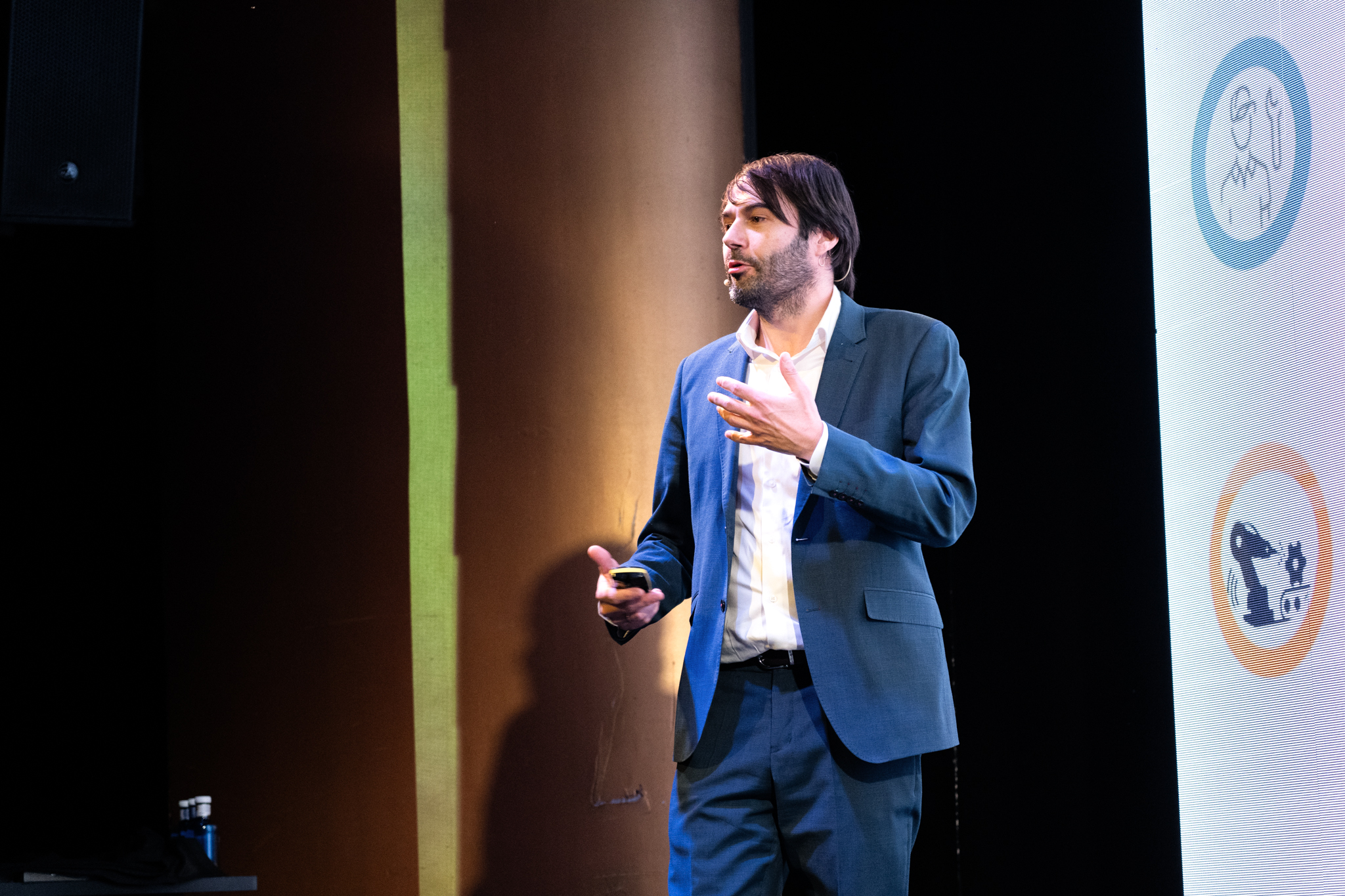Sustainable innovation: business and environment

Business and environment can and should be a harmonious and beneficial pairing. Sustainable innovation strategies that translate into actions that reduce the ecological footprint through the adoption of green technologies and generate a competitive advantage are essential for this.
Tabla de contenidos
ToggleDiscover how your company can innovate while respecting the environment. Sustainable strategies that make a difference.
Business and environment are two concepts that must go hand in hand. Organizations, as part of their policies of Corporate Social Responsibility (CSR) are promoting different processes of sustainability, ranging from boosting corporate sustainability to circular economy and improving energy efficiency in businesses to increasing sustainable investment and the adoption of environmental management systems and the incorporation of clean technologies in industry.
This post gathers the most relevant initiatives within the business commitment to the environment, a context in which the Smart Factory by aggity platform provides support to these actions and allows to accelerate their materialization.
Relevant initiatives
Concern for preserving the environment and the search for sustainable solutions that enable the development of green and ecological businesses are some of the pillars on which the strategies of today’s companies are based. One of the reasons for this is that companies are no longer judged solely on their economic performance, but also on their commitment to environmental sustainability and their ability to promote sustainable development in the business environment.
The initiatives being taken by companies are being implemented on several fronts. One of the most determined bets is the so-called circular economy. This is a strategy, mainly used in industrial environments, that promotes the so-called ‘3Rs’: reuse, recycling and recovery of materials that have been previously used, instead of discarding them.
The circular economy is an essential element in the waste reduction strategies of the companies and thanks to which it is possible to design products with recyclable materials, establish waste collection and recycling programs and collaborate with suppliers and business partners to close the product life cycle. Thanks to the circular economy, not only is the environmental impact reduced, but also the corporate reputation is improved.

Energy efficiency
This is one of the pioneering strategies in terms of green innovation. Reducing energy consumption has been a priority for companies for many years. This not only reduces CO2 emissions – a goal that starts with the analysis of the carbon footprint – but also achieves significant cost savings.
To improve their energy efficiency, companies are implementing more efficient technologies, automating processes or increasing investments to use renewable energy sources. In this sense, companies are also taking into account the environmental impact of technology, replacing older equipment with more efficient ones or reducing dependence on their own data centers by shifting the load to cloud environments.
Green supply chains
Green supply chains are emerging as an innovative response to environmental challenges. The green designation is defined because these chains focus on the integration of sustainable practices in all stages of the supply process, from the acquisition of raw materials to the distribution of final products.
One of the most important advantages is the reduction of the carbon footprint through the careful selection of suppliers that have environmental certifications for companies, the optimization of transportation routes to reduce greenhouse gas emissions or the use of recyclable materials.

Sustainable product development
In the relationship between business and the environment, the development of sustainable products is a very important aspect. Green innovation involves the development of products and services that directly address environmental challenges.
As a result, companies are increasingly investing in the creation of biodegradable products, the introduction of clean technologies or the increase in the supply of solutions that promote a more sustainable lifestyle. Numerous studies indicate that companies that have a sustainable product development strategy for reduce product carbon footprint are not only responding to market demands and gaining market share, but are also actively contributing to building a more sustainable future for all.
Últimos posts

aggity strengthens its commitment to sustainability as a SILVER partner of “Fundación Empresa & Clima”.

aggity participates in the IBM Ecosystem Summit 2024 with an applied case of Generative AI in the food industry

Aggity, together with the multinational Fortinet, present an exclusive event in Lima on the application of Generative AI in Corporate Cybersecurity.

aggity participates in Smart Ports: Piers of the Future

aggity Supports the Contigo Foundation at its Annual Dinner

Challenges and Opportunities of Generative AI in Industry: Our Experience at BNEW

Official Liferay Partner in Spain





